|
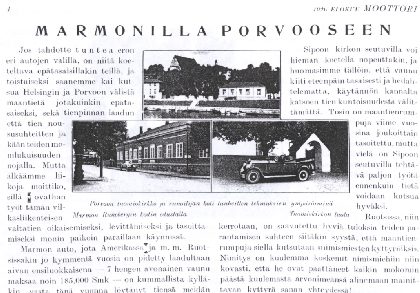
"By Marmon to town Porvoo", Moottori, August
1926
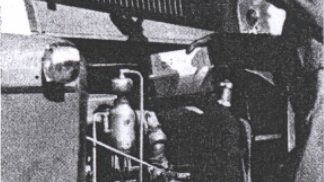
Oil purifier, device seen in the middle, was introduced in
model E-75
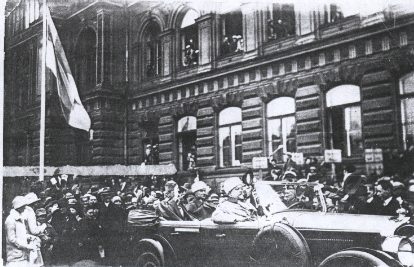
Marshal Mannerheim in a parade 16th May 1928
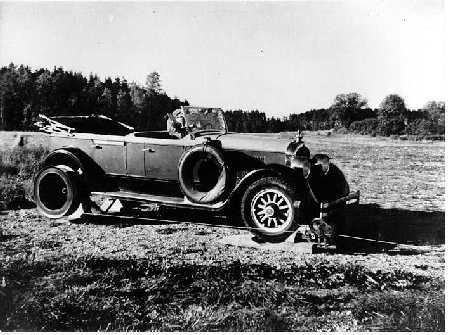
Marmon pulling sailplanes up in the air.
Artukainen airfield 1938.
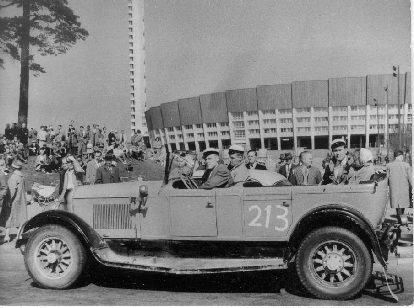
1st of May 1959 at the Olympic Stadium in Helsinki.
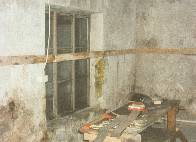
Marmon garage "before"...
|
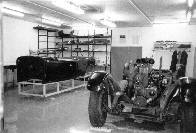
...and "after"
|
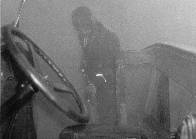
First Marmon had to be washed
|

60 years of mud and grease...
|
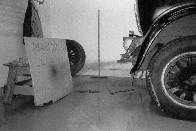
Trial start, 1991
|
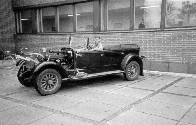
First test drive!
|
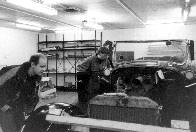
Restoration work begins
|
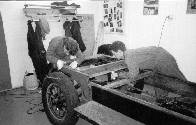
Chassis dismantling
|

Specialist meeting
|

"Marmon brotherhood",
the mental and financial back rest of the
project.
|
|
|
The first Marmons were imported to Finland in 1926 by
"Autokeskus OY", the Finnish Marmon dealer. Technical magazine
"Moottori" published a very flattering article of
Marmons in August 1926. In the pictures one can clearly see that
the Marmon model featured in the article is an E-75.
Marmon E-75, 7-passanger Speedster (body by Locke), id number
10RA84, was first used by Marshal of Finland, C.G.E.
Mannerheim. He was the commander of the Finnish "white" army
during the Finnish Independence war in 1918 and the military
and political leader of Finland during the World War II.
Between the two wars, at the end of '20s, Mannerheim was a
civilian becuse he did not agree with the government politics
and so he had no official car in his use. Even though he had
no official position Mannerheim was very respected person
between the wars. The owner of Autokeskus Oy, lieutenant
Geitel, was very good friend of Marshal Mannerheim and he
generously offered him a car and a driver when ever he wanted.
It is somewhat unclear if the Marmon ever really belonged to
Mannerheim, but at least he used it like his own car on his
trips around the country and to the middle Europe.
The Marmon was specially customized for Marshal Mannerheim. He
was a rather tall man and the dickey seats were moved forward
in order to get more room for his legs (and less room for his
adjutants...). Mannerheim was known as very accurate and
strict person and he always wanted to be aware of the speed
and schedule of the trip. This is the reason why an extra
speedometer was assembled to the passanger compartement. If
you wish to read more of Marshal Mannerheim, this is a good
link:
http://virtual.finland.fi/finfo/english/mannerheim.html
After Mannerheim the car belonged to baron Aminoff. Ten years
later, when Marmon actually was rather old car, it was donated
to an aviation club. They used it to pull sailplanes up in the
air. I can imagine why: a big and heavy car with a strong and
slowly turning engine was ideal for that purpose. During the
wartime it was stored in a hangar at the airport. We heard a
rumour that during the war some german soldiers made boots and
bags out of its leather interiors (there was some german
troops in Finland because Germany and Finland were allied
against the Russians).
After some years - in 1959 - a group of young students of
Helsinki University of Technology bought the Marmon. Every
year 1st of May an association of students of technology
called SiMiLi publish a fun magazine called "ÄPY". The Marmon
was used to arouse peoples interest when selling these
magazines. A dark and big old car was really a head turning
sight when roaring down the streets among the small european
after-war cars like Fiats and Volkswagens. The Student Union
used it also in different kind of student campaigns and
festivals and for driving around just for fun.
Maintenance of an old car was rather difficult and time
consuming. The radiator was leaking, the water pump had been
corroded, the electricity system behaved oddly etc. The
students who bought the Marmon graduated and moved away and
after a while there was nobody left to take care of the car.
The Marmon was just forgotten in a garage and it was removed
from the Finnish vehicle register in 1967. Nothing was heard
of the Marmon until 1980 when a yellow paper magazine "Ratto"
published an article "Marshals car in a pile of junk!". That
woke up the Espoo Car Museum and they offered Marmon a better
place to stay.
Some ten years later I was the president of the Automobile
Club (TAK) of the Helsinki University of Technology. One night
at the end of 1980's we had a automobile club get-together
(discussion about cars, Finnish sauna and, of course, lots of
beer...) where the chief editor of a veteran car magazine gave
us a presentation of antique cars. At the end of the
presentation he asked us: "...by the way, how is the Marshal
Mannerheims Marmon doing nowadays? The one that belongs to you
students?". I had to admit that I had never even heard of the
car and that annoyed me quite a lot. Then we found the Marmon
in the Espoo Car Museum and we were really astonished of its
majestic looks. For a few years we thought about the idea of
restoring the Marmon and after we had found a suitable garage
and some skillful people to do the job we got the Student
Unions permission to restore the car.
The project begun by renewing the garage during the winter
1990-1991. The restoring itself started in spring 1991. Marmon
was looking pretty good to us, but when the restoration went
on, the thruth was revealed: the engine worked all right, but
the water pump was corroded beyond reparation, the radiator
had several leaks, distributor cap was cracked, and all moving
parts were more or less worn out. When we opened the engine we
found out that all bearings were cracked and worn and somebody
had put the pistons in wrong order. The car had sometimes been
in an accident and the front end of the chassis was twisted.
As a consequence of the accident one of the running boards had
been replaced. The interiors of the car were made of cheap
imitation leather and the canvas top and the top mechanism and
many of the smaller parts were missing. We realized that we
had a lot bigger mission ahead of us than we thought when
starting the project.
It has taken quite a long time to restore it, but we have gone
totally through the car and renewed actually every piece of
it. At the moment (March 2002) the car is almost ready for
driving. The engine is totally restored and it runs nicely.
Most of the restored parts have been assembled back to the
car, but the upholstery and the instrument panel need some
finishing. Several parts are still missing, e.g. the canvas
top and its mechanism. It will still take quite a lot of time
and work, but our goal is to meet the requirements of the
Finnish National Automobile Historic Club and get the Marmon
registered as a museum vehicle!

|














